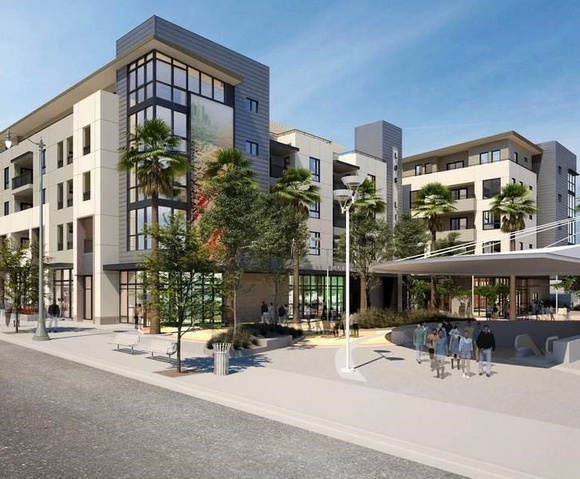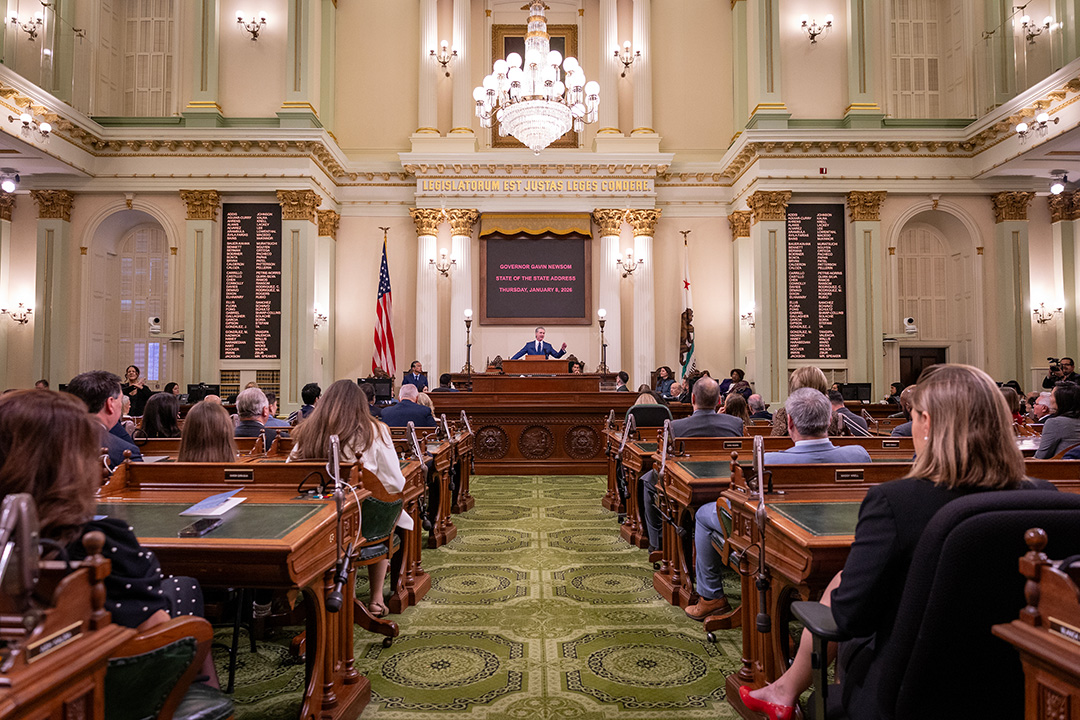Yesterday, the Los Angeles City Council took initial steps toward encouraging more affordable housing in "high-resource" areas - ie: neighborhoods with the greatest access to public parks, transit, schools, grocery stores, and health facilities. The council approved a motion (council file 21-0972) by Councilmembers Nithya Raman and Marqueece Harris-Dawson that directs city staff to report back on options for creating an Affordable Housing Overlay Zone or updating existing incentive programs to prioritize 100 percent affordable housing projects in high-opportunity areas.
In a press statement, Raman stressed that the new zoning/incentives would be part of reversing harms caused by Los Angeles' history of segregation. “L.A. is one of the most segregated cities in America, and our affordability crisis is making it even worse,” said Councilmember Raman, “Before this was the outcome of an intentional regime of laws and intimidation, but now it is reinforced by more subtle forms of exclusion, including through our zoning codes.”
Similar sentiments were expressed by housing advocates, who welcomed the council approval. In an email to Streetsblog, Public Counsel Supervising Senior Staff Attorney Doug Smith sees the proposed affordability overlay as a "really important part of a bigger project to move away from the exclusionary and racist development patterns that have defined the city for so long." According to Smith, "This policy, if crafted carefully, can be a tool to open up new opportunities for 100 percent affordable housing in neighborhoods that have important resources and opportunities, but have historically not had much affordable housing."
As reported in the Daily News, City Planning staff testified that about 76 percent of L.A.’s highest resource areas are zoned for single-family homes, while only 18 percent of “high-segregation and poverty areas” are zoned single-family. The motion preamble notes that, according to a May 2021 city report, "only 14 percent of affordable housing units permitted in the last ten years were located within high-resource neighborhoods, while the remaining 86 percent were located within low-resource and high-poverty neighborhoods." That imbalance "further entrenched patterns of segregation and effectively excluded low-income households from the neighborhoods with the greatest access to public parks, transit, schools, grocery stores, and health facilities."
One example of how this disparity plays out can be seen in production of supportive housing for unhoused angelenos. In 2018, all fifteen councilmembers pledged to build 222 units of supportive housing in their own district. As of March 2021, councilmembers Paul Krekorian, Bob Blumenfield, David Ryu, Paul Koretz, Monica Rodriguez, and John Lee - all of whom represent L.A.'s wealthier districts - failed to make good on their pledge. Meanwhile lower-income communities accommodated more than their fair share of this supportive housing.
The proposed Affordable Housing Overlay Zone would function similarly to ordinances already in place in Somerville and Cambridge, Massachusetts, and Berkeley, California. These cities incentivize 100 percent affordable housing by allowing more density (such as by building taller, reducing parking, etc.) than market rate development, and by streamlining project approval processes.
The Raman/Harris-Dawson motion directs the city's Planning and Housing departments to report back within 90 days with options for a future L.A. ordinance, based on lessons learned from other jurisdictions. The process would still take a few more steps after that, as council would then specify the parameters of a future ordinance, which would then be drafted and return to council for approval.
Public Counsel's Doug Smith notes that the new overlay zone would be just one important part of solving L.A.'s housing affordability issues. "There is no single policy that will solve our crisis, and a focus on high-resource communities for this policy should not mean that we ignore the affordable housing and equitable investment needs of disinvested neighborhoods." Smith urges various tools - from the new overlay to "robust tenant protections, targeted use of public land, new models of affordable housing, funding to meet the scale of need, tenant ownership and community stewardship, and much more, all while avoiding counterproductive criminalization of homelessness."






